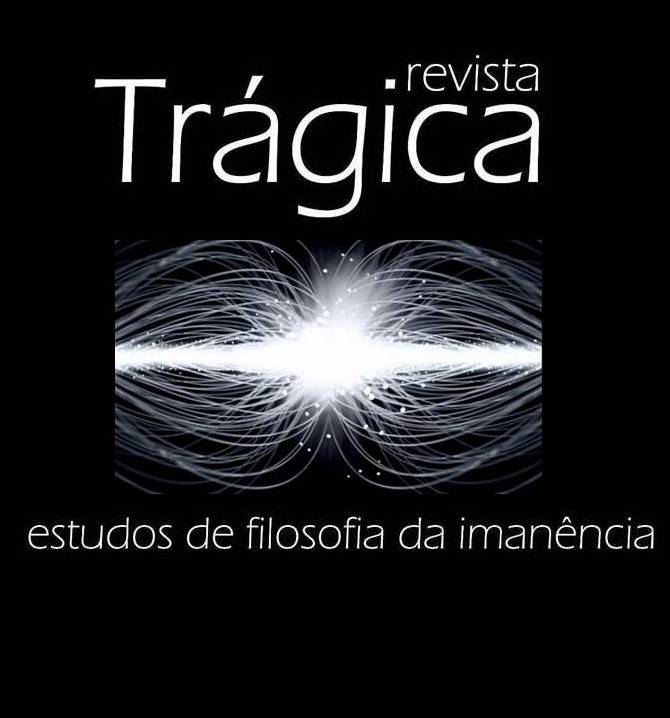ENTRE AURA E SIMULACRO: o original e sua reprodução impressa sob uma perspectiva benjaminiana
DOI :
https://doi.org/10.59488/tragica.v9i3.26875Mots-clés :
Nietzsche, TrágicoRésumé
O conceito benjaminiano de aura (proposto na década de 1930) atribuiu valores especiais ao original único da obra de arte, em oposição à destruição da aura instaurada a partir de sua reprodutibilidade técnica. Sob a perspectiva da realidade do século XXI, buscar-se-á aqui reunir argumentos capazes de resignificar a cópia impressa no contexto atual, através do conceito de “simulacro aurático”, da efemeridade dos impressos e de novas tecnologias de impressão que tornaram ainda mais difusa a distinção entre o original e a cópia. Nossa reflexão se apoiará fundamentalmente nos conceitos de fetiche da mercadoria de Karl Marx e de simulacro nas visões de Jean Baudrillard e Gilles Deleuze.
The Benjaminian concept of aura (proposed in the 1930s) ascribed special values to the unique original of the work of art, as opposed to the destruction of the aura established from its technical reproducibility. From the perspective of the twenty-first century reality, we will try to gather arguments capable of reframing the printed copy in the current context, through the concept of "auratic simulacrum", the ephemerality of printed matter and new printing technologies Which made the distinction between the original and the copy even more diffuse. Our reflection will rely heavily on the concepts of the fetish of the Karl Marx commodity and the simulacrum in the visions of Jean Baudrillard and Gilles Deleuze.
Téléchargements
Publiée
Numéro
Rubrique
Licence
Les auteurs préservent les droits d'auteur et accordent à la revue le droit de première publication, le travail étant simultanément sous licence Creative Commons Attribution 4.0 International (CC BY). Cette licence permet à des tiers de remixer, d'adapter et de créer à partir du travail publié, en attribuant le crédit d'auteur et la première publication dans cette revue. Les auteurs sont autorisés à accepter des contrats supplémentaires séparément pour la distribution non exclusive de la version du travail publié dans cette revue (par exemple, publier dans un référentiel institutionnel, sur un site personnel, publier une traduction ou en tant que chapitre de livre), avec reconnaissance de l'auteur et de la publication initiale dans cette revue.












